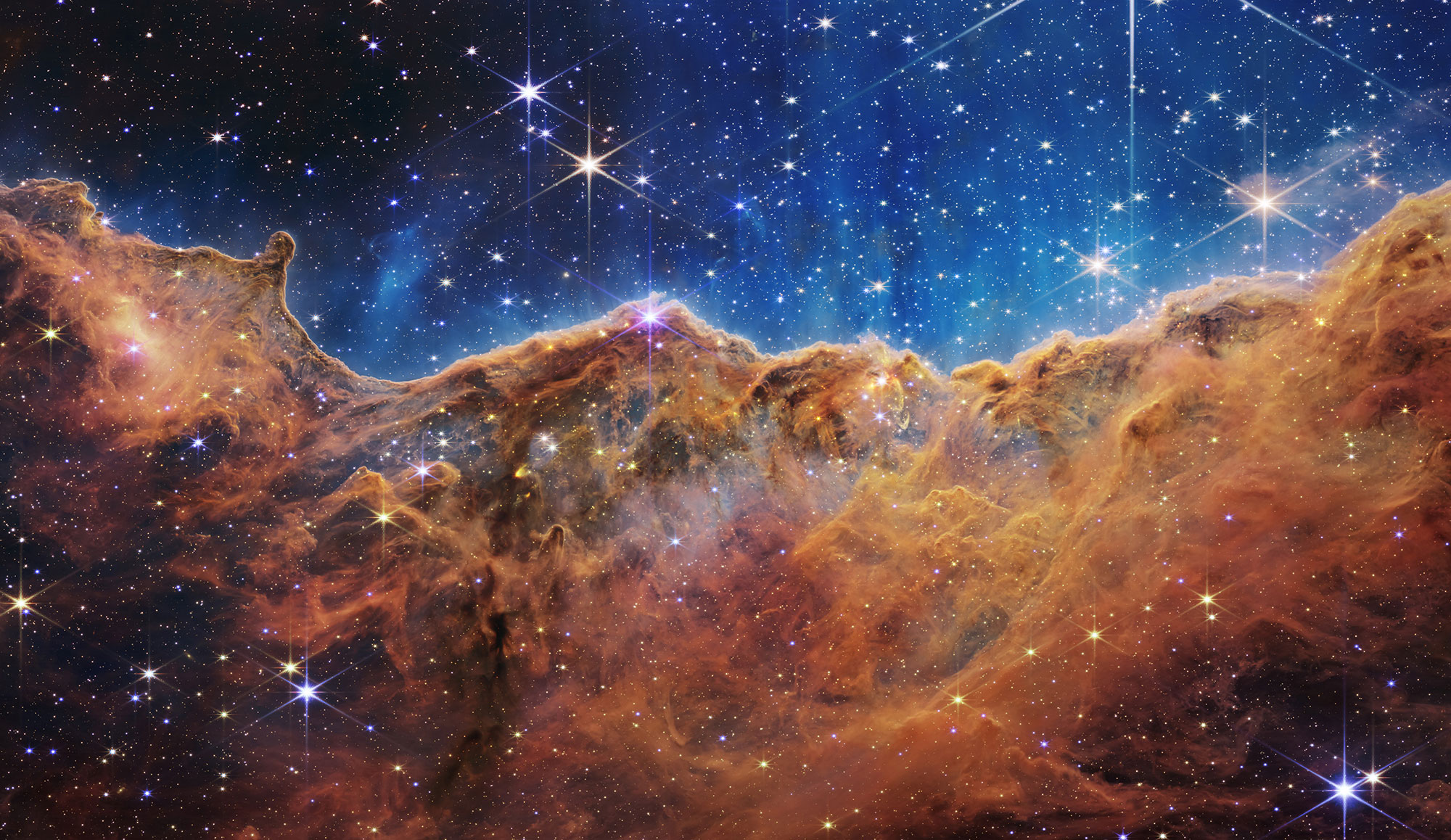
A NASA F-18 jet takes off from the agency’s Shuttle Landing Facility at NASA’s Kennedy Space Center in Florida on Aug. 23, 2017. The F-18 jets fly at supersonic speeds off the eastern coast of Florida, while agency researchers measure the effects of low-altitude turbulence caused by sonic booms. The F-18’s flightpath is positioned in efforts to keep the strongest-sounding sonic booms away from residential areas, while still producing them over the Kennedy Space Center.
The flights are part of NASA’s Sonic Booms in Atmospheric Turbulence, or SonicBAT II Program, partnering Kennedy with Armstrong Flight Research Center in California, Langley Research Center in Virginia, and Space Florida. They are a key initiative in validating tools and models that will be used for the development of future quiet supersonic aircraft, which will produce a soft “thump” in place of the louder sonic boom.


























